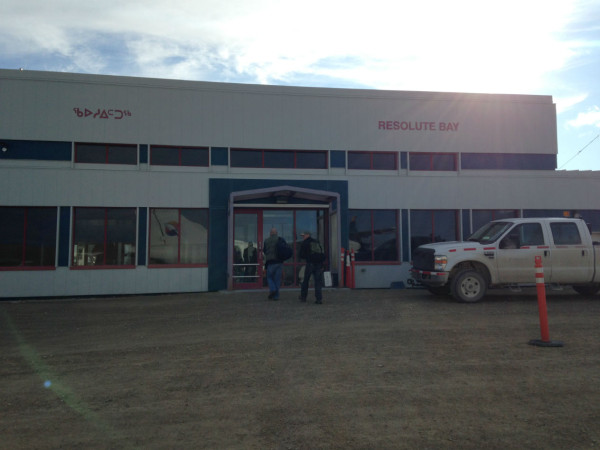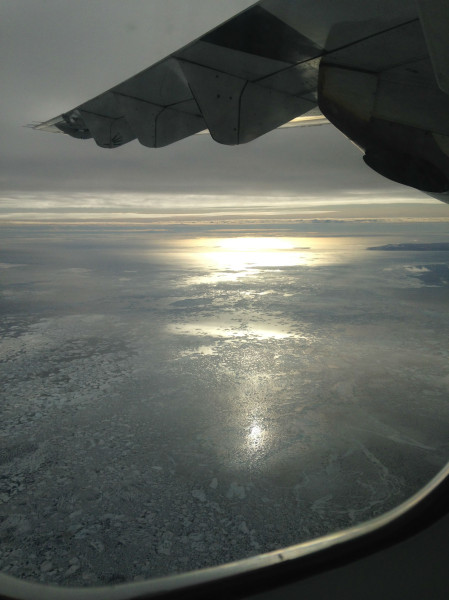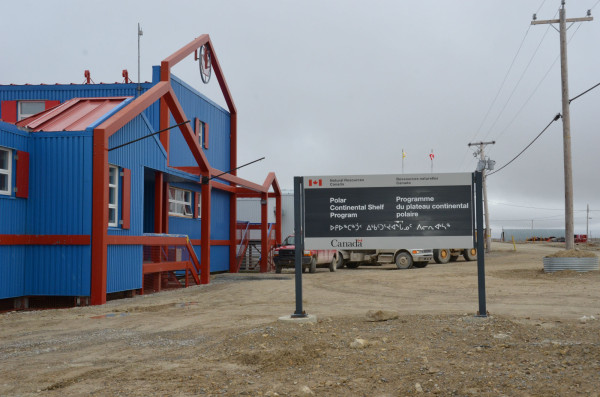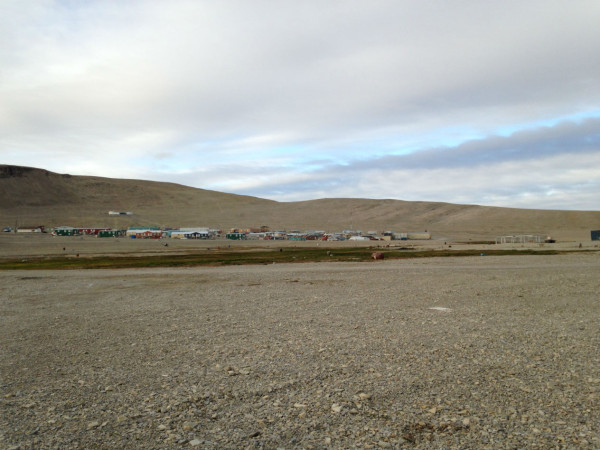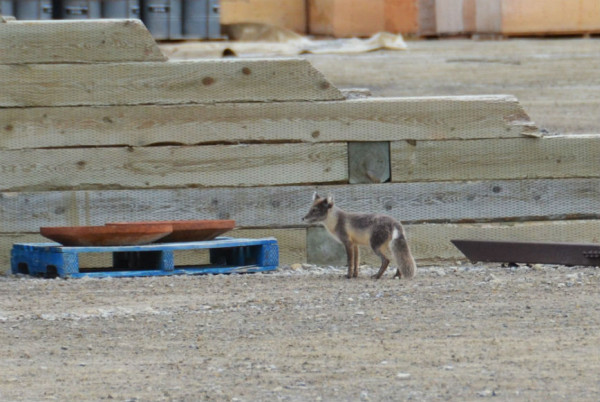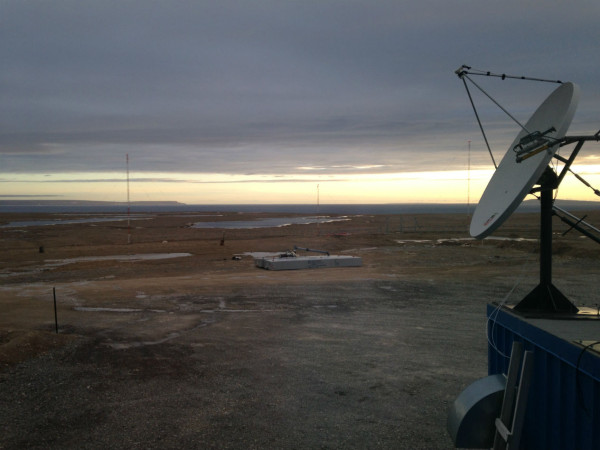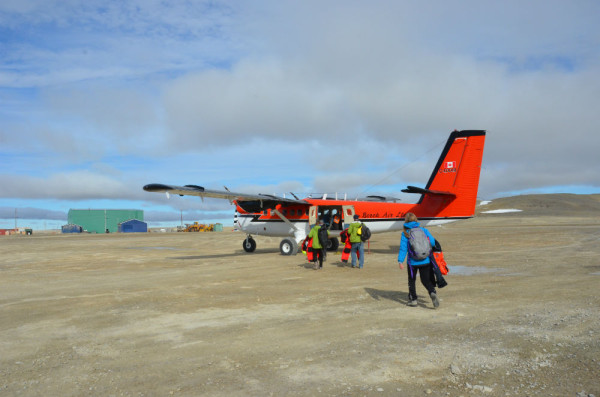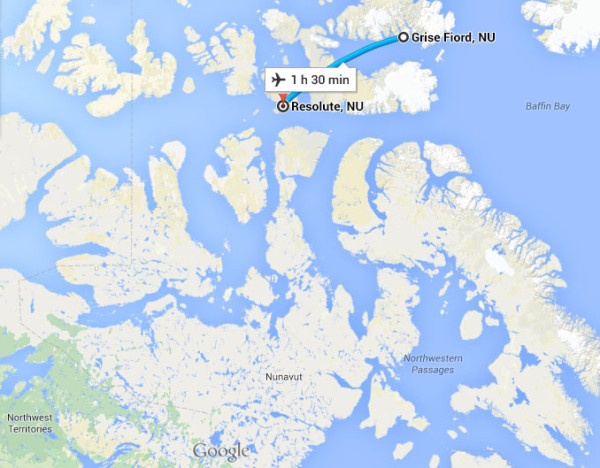Waiting in Resolute Bay
WWF is participating in a narwhal-tagging project in Nunavut to learn more about the ‘unicorns of the sea’, and sharing the experience.
Tuesday August 12th was a full travel day: from Ottawa to Iqaluit, to Arctic Bay, and finally to Resolute Bay. As the pilot announced our descent into Resolute, I looked out the plane window and could see a waterway choked with sea ice. (I later found out that the ice is late to break up this year.) We landed on a hilly, barren landscape, brown, with barely any vegetation. From the airport to the Polar Continental Shelf Program—a small collection of metal-sided buildings that function as dorm rooms, a cafeteria and a warehouse—was a one-minute drive in a red van.
After grabbing leftovers for dinner, I went with two others—Lisa Loseto, who works for Department of Fisheries and Oceans, and Nigel Hussey, a Greenland-shark scientist based out of the University of Windsor—into the Inuit community at Resolute Bay, population 200. We were looking for shark bait for the long lines that Nigel will set in Grise Fiord to catch Greenland sharks so we can tag them (alongside the narwhal). We stopped to talk to many local people, including one woman, Debbie, who told us that a bowhead whale and her calf had been spotted a few days ago. A man, Randy, helped us find what we were looking for.
On Wednesday, we woke up to low cloud cover, not ideal conditions for flying the little propeller plane out to Grise Fiord. After waiting all day, we got clearance to fly one plane out. Half the team left. The other half of us waited two days for weather to improve so we could fly out (leaving this morning!). Our route will involve a detour to Pond Inlet to pick up groceries before heading to Grise Fiord. While the Polar Continental Shelf Program is a nice place, with warm showers, beds and wifi, I’ll be crossing my fingers and toes for good weather so we can reunite with our teammates tomorrow in Grise.

